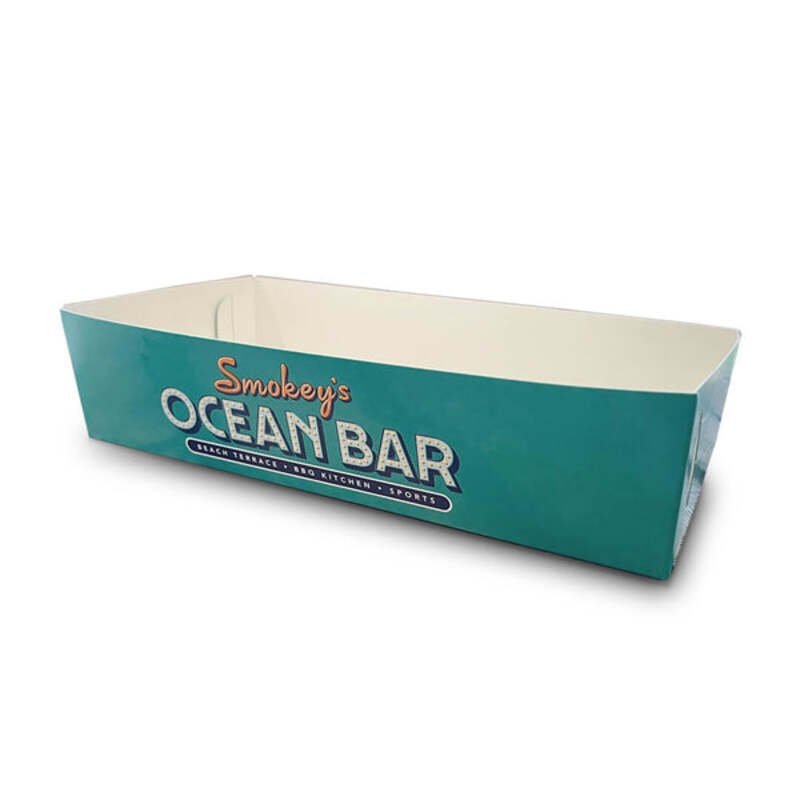Understanding Food Containers A Guide to Keeping Your Food Fresh
In our fast-paced world, the importance of effective food storage cannot be overstated. Food containers play a crucial role in maintaining the quality and freshness of our meals, preventing spoilage, and reducing waste. With an overwhelming variety of options available in the market, from glass to plastic, it’s essential to choose the right type of food container for your needs.
Types of Food Containers
1. Glass Containers Glass food containers are becoming increasingly popular due to their durability and non-toxic properties. They do not absorb odors or stains, making them perfect for storing a variety of dishes. Additionally, glass is microwave-safe (without any metal parts) and easy to clean, making it a convenient choice for reheating leftovers. Moreover, glass containers can also be used in the oven, offering versatility in cooking and storage.
2. Plastic Containers Plastic food containers are lightweight and often more affordable than glass options. They come in various shapes and sizes, making them useful for storing everything from snacks to meal prep portions. However, it’s important to choose BPA-free containers to avoid chemical leaching. Additionally, while some plastic containers are microwave-safe, others may warp or release toxins when heated.
3. Silicone Containers An innovative alternative, silicone containers are flexible, collapsible, and safe for temperatures ranging from the freezer to the oven. They are perfect for on-the-go lifestyles and help save space in your kitchen. Their non-stick nature also makes for easy cleaning, and they are generally durable, making them an excellent investment for food storage.
4. Vacuum-Sealed Bags For those looking to preserve food for longer periods, vacuum-sealed bags are an excellent choice. By removing air from the bags, these containers prevent oxidation, which can lead to spoilage. Vacuum sealing is particularly effective for meat, fish, and pre-prepared meals, allowing you to reduce waste and save money.
Tips for Choosing the Right Food Container
food containers

When selecting food containers, consider the following factors
- Material Choose a material that meets your storage needs. For instance, if you are concerned about chemicals, glass or silicone may be preferable.
- Size Consider how much food you typically prepare or store. Having a variety of sizes on hand can help accommodate everything from individual portions to family-sized meals.
- Lid Type Ensure that the containers have airtight seals to prevent leaks and preserve freshness.
- Versatility Look for containers that can be used in multiple ways, such as those that are suitable for the microwave, oven, and freezer.
Conclusion
Investing in quality food containers is an important step in maintaining a healthy lifestyle and reducing food waste. With the right containers, you can keep your meals fresh, organized, and ready to enjoy. Take the time to assess your needs and choose the options that best fit your lifestyle, and you’ll find that efficient food storage can significantly enhance your culinary experience. Healthy eating starts with effective storage, so make a wise choice for your kitchen today!



